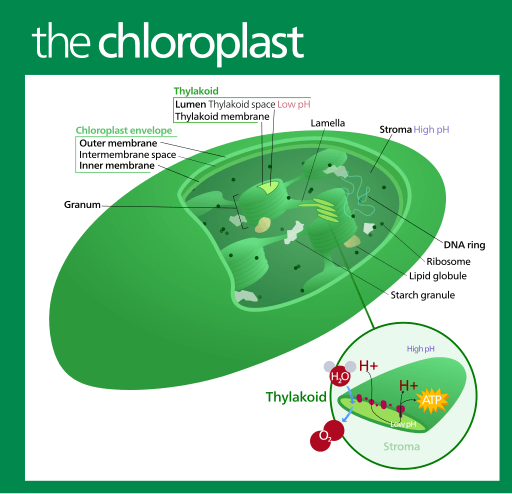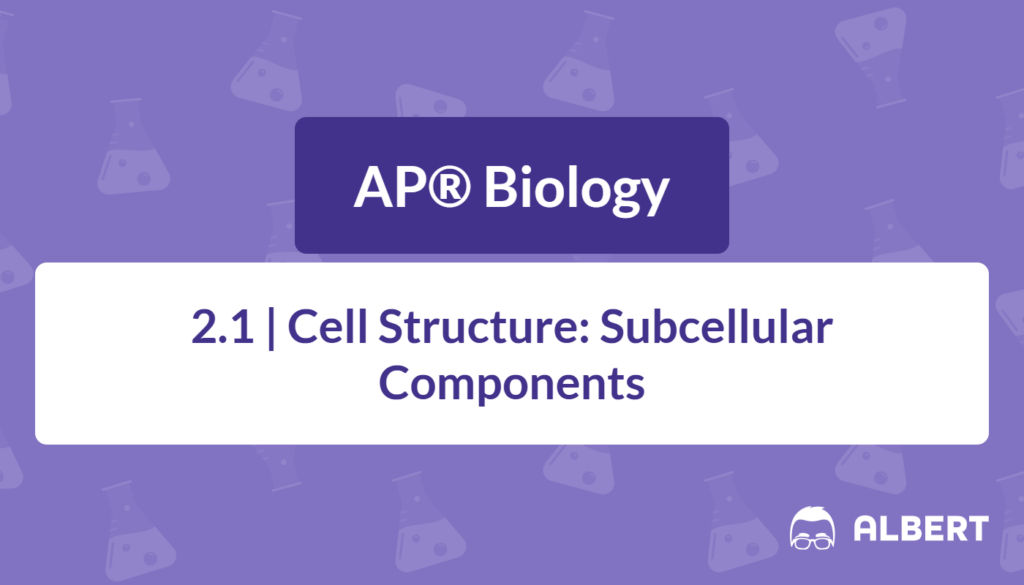What We Review
Introduction
Organelles are the specialized structures that perform essential tasks within cells, much like different departments within a company. Understanding the role of each organelle is crucial, particularly for success in AP® Biology. In this post, we’ll review the functions, structures, and importance of these cellular “mini-organs” and connect them to the bigger picture of cell functionality.
What Are Organelles?
A. Definition of Organelles
Organelles are discrete structures within a cell, each responsible for a specific function. They keep the cell organized and enable it to carry out all necessary biochemical processes.
B. Classification: Membrane-Bound vs. Non-Membrane-Bound Organelles
Organelles can be broadly categorized based on whether or not they have a membrane.
- Membrane-Bound Organelles have phospholipid membranes (e.g., mitochondrion, Golgi apparatus).
- Non-Membrane-Bound Organelles include structures like ribosomes, which do not have any surrounding membrane.
Key Membrane-Bound Organelles
A. Mitochondrion
- Structure: Surrounded by a double membrane. The inner membrane is folded into cristae, increasing surface area for reactions.
- Function: Known as the “powerhouses” of the cell, mitochondria are responsible for energy production in the form of ATP through cellular respiration.
B. Endoplasmic Reticulum (ER)
- Rough ER
- Structure: Studded with ribosomes on its surface.
- Functions: Protein synthesis occurs here as ribosomes translate mRNA into polypeptide chains. It also helps compartmentalize the cell, enabling proteins destined for export or specific organelles to be processed and folded.
- Smooth ER
- Structure: Lacks ribosomes on its surface, giving it a smooth appearance under a microscope.
- Functions: Involved in lipid synthesis and detoxification. Liver cells, for example, have abundant Smooth ER to help process and remove toxins.
C. Golgi Apparatus
- Structure: Resembles a stack of flattened membrane sacs called cisternae.
- Functions: Receives proteins from the Rough ER, modifies and folds them, then packages them into vesicles for transport to their final destinations (inside or outside the cell).
D. Lysosome
- Structure: Membrane-enclosed sac filled with hydrolytic enzymes.
- Functions: Acts as a cellular digestive system. It breaks down macromolecules, old organelles, and foreign substances via hydrolysis, recycling molecules for reuse in the cell.
E. Vacuole
- Structure: Membrane-bound sac that can vary in size and shape depending on the cell type.
- Functions: Stores nutrients and waste products, and in plant cells, a large central vacuole maintains turgor pressure, helping to support the cell’s structure.
Key Non-Membrane-Bound Organelles
A. Ribosome
- Composition: Consists of ribosomal RNA (rRNA) and proteins.
- Function: The site of protein synthesis, translating mRNA sequences into polypeptide chains.
- Universality: Present in all forms of life, from bacteria to human cells, highlighting the fundamental need for protein synthesis across organisms.
Specialized Organelles: Chloroplasts (in Plant Cells)

A. Structure: Enclosed by a double membrane. Internally, they contain thylakoid membranes stacked into “grana,” which house chlorophyll for capturing light energy.
B. Function: Carry out photosynthesis, converting sunlight, carbon dioxide, and water into glucose and oxygen. They are central to energy flow in plant cells and algae.
Practice Questions and Illustrations
A. Multiple-Choice Questions
- Which organelle is responsible for modifying and packaging proteins?
- Rough ER
- Smooth ER
- Golgi Apparatus
- Lysosome
- Which of the following organelles is NOT membrane-bound?
- Lysosome
- Vacuole
- Chloroplast
- Ribosome
- What is the primary function of the Smooth ER?
- ATP production
- Detoxification and lipid synthesis
- Protein folding
- Digesting macromolecules
B. Diagrams
- Label a diagram of an animal cell showing the mitochondrion, Rough ER, Smooth ER, Golgi apparatus, lysosome, and vacuoles.
- Draw or reference a plant cell diagram highlighting the large vacuole and chloroplasts.
Conclusion
Organelles work in concert to keep cells alive and functioning. By understanding the structure and function of each organelle—from energy production in the mitochondrion to protein synthesis on ribosomes—you’ll have a solid foundation for more advanced topics in AP® Biology. Keep these organelles and their roles in mind as you explore broader themes like gene expression, metabolism, and cell signaling.
By reviewing the structures and functions of each organelle, you’ll be better prepared to tackle the cell biology topics on the AP® Biology exam. Understanding how these organelles fit together to fuel, build, and protect the cell is key to mastering the foundation of life’s most basic unit—the cell. Good luck with your studies!
Sharpen Your Skills for AP® Biology
Are you preparing for the AP® Biology test? We’ve got you covered! Try our review articles designed to help you confidently tackle real-world math problems. You’ll find everything you need to succeed, from quick tips to detailed strategies. Start exploring now!
Need help preparing for your AP® Biology exam?
Albert has hundreds of AP® Biology practice questions, free response, and full-length practice tests to try out.








